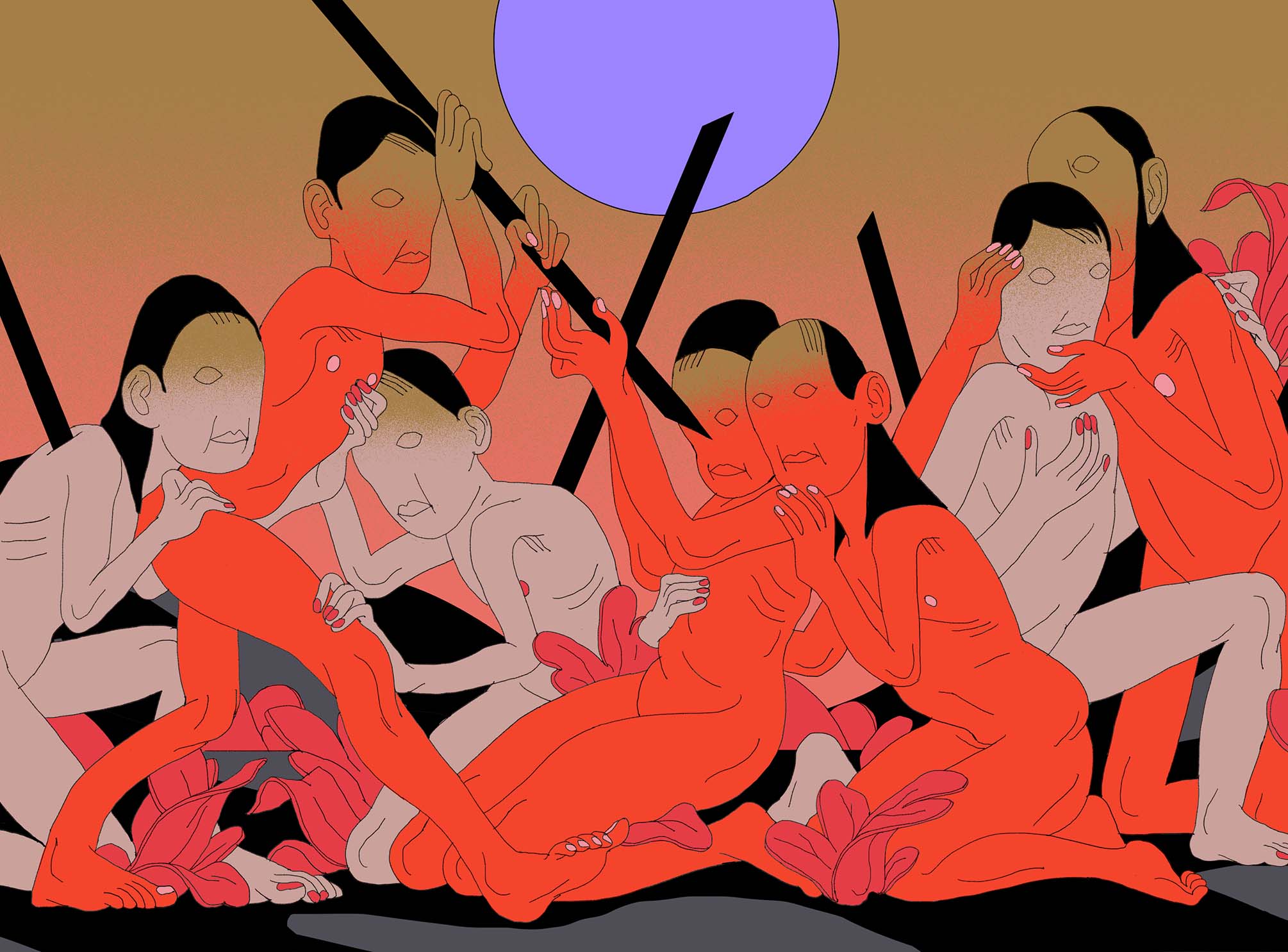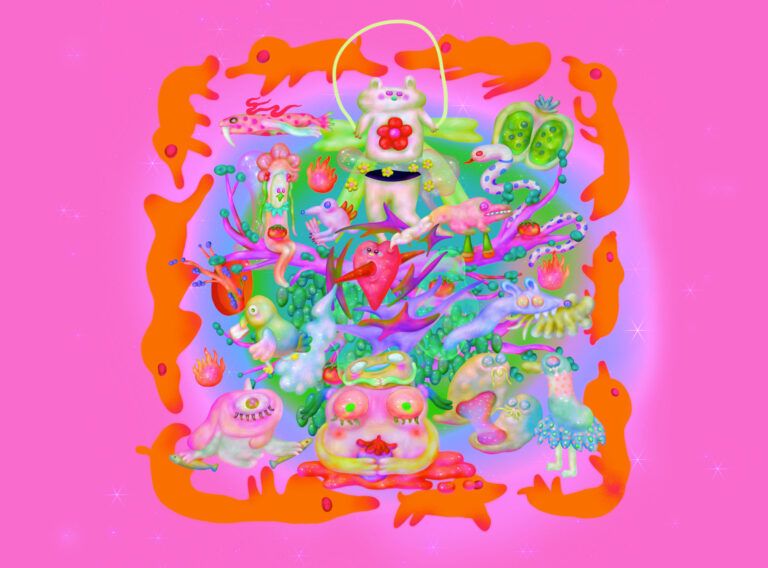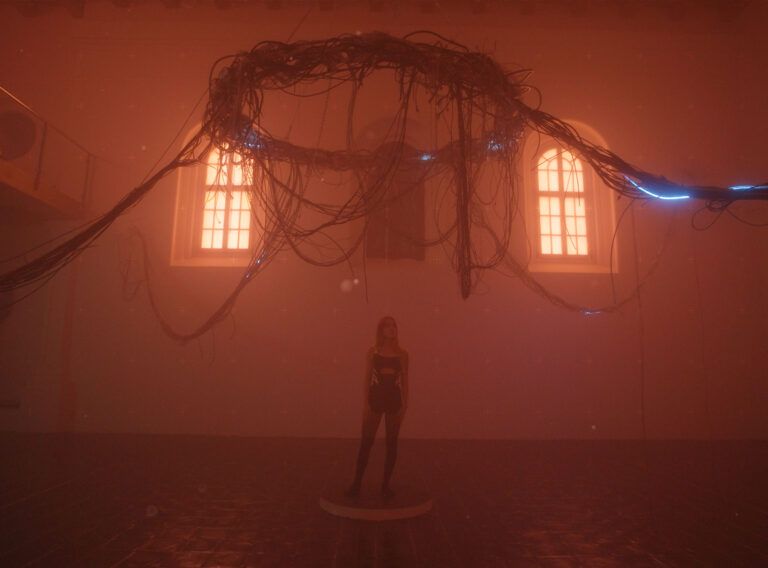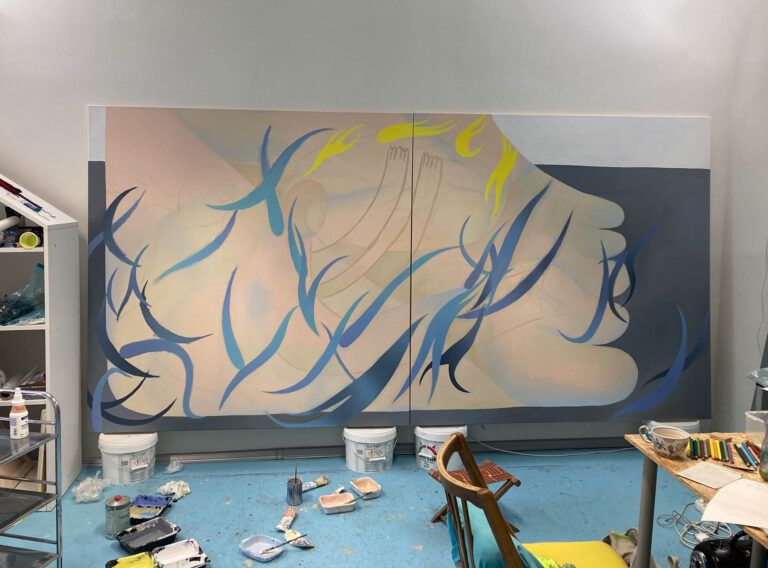Words from the author: Even though most of the pieces [in the article] have been created for the purposes of different projects, they were all created in a similar creative vein, in search for a state of being. In most of my recent work, may it be animation, writing or illustration, I am trying to grasp a state of uncertainty and confusion, and see the beauty in it. A lot of people that I meet share this sense of being overwhelmed by the world and as far as I can observe, this feeling is very negatively connoted. I am asking myself, why is that.
“Why do we think of uncertainty, insecurity, confusion and fragility as something bad, something to avoid or to grow out of? Is there not a substantial beauty in the ambiguity and fragility of the human condition, in accepting the fact that the world is overwhelming and complex?”
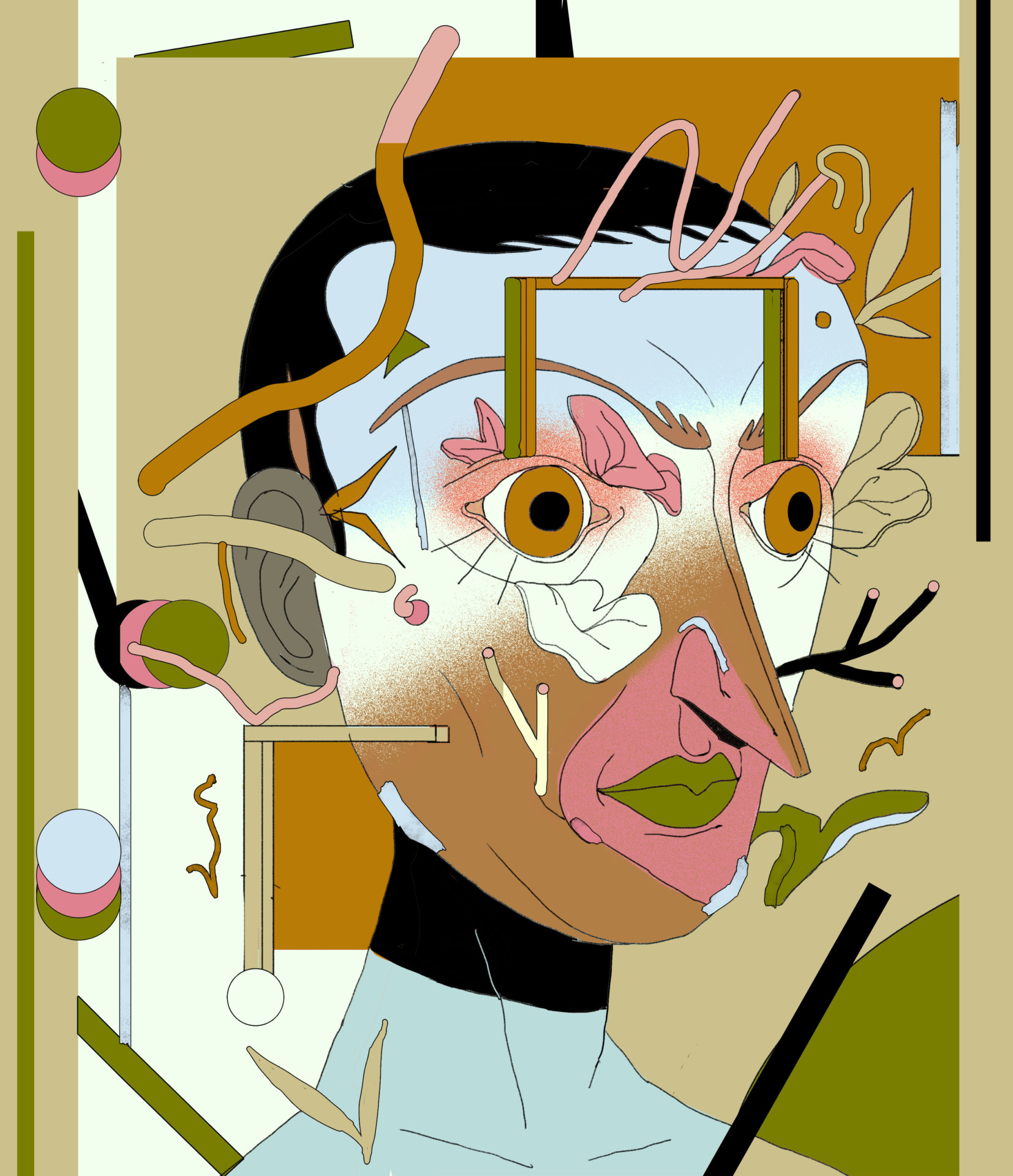
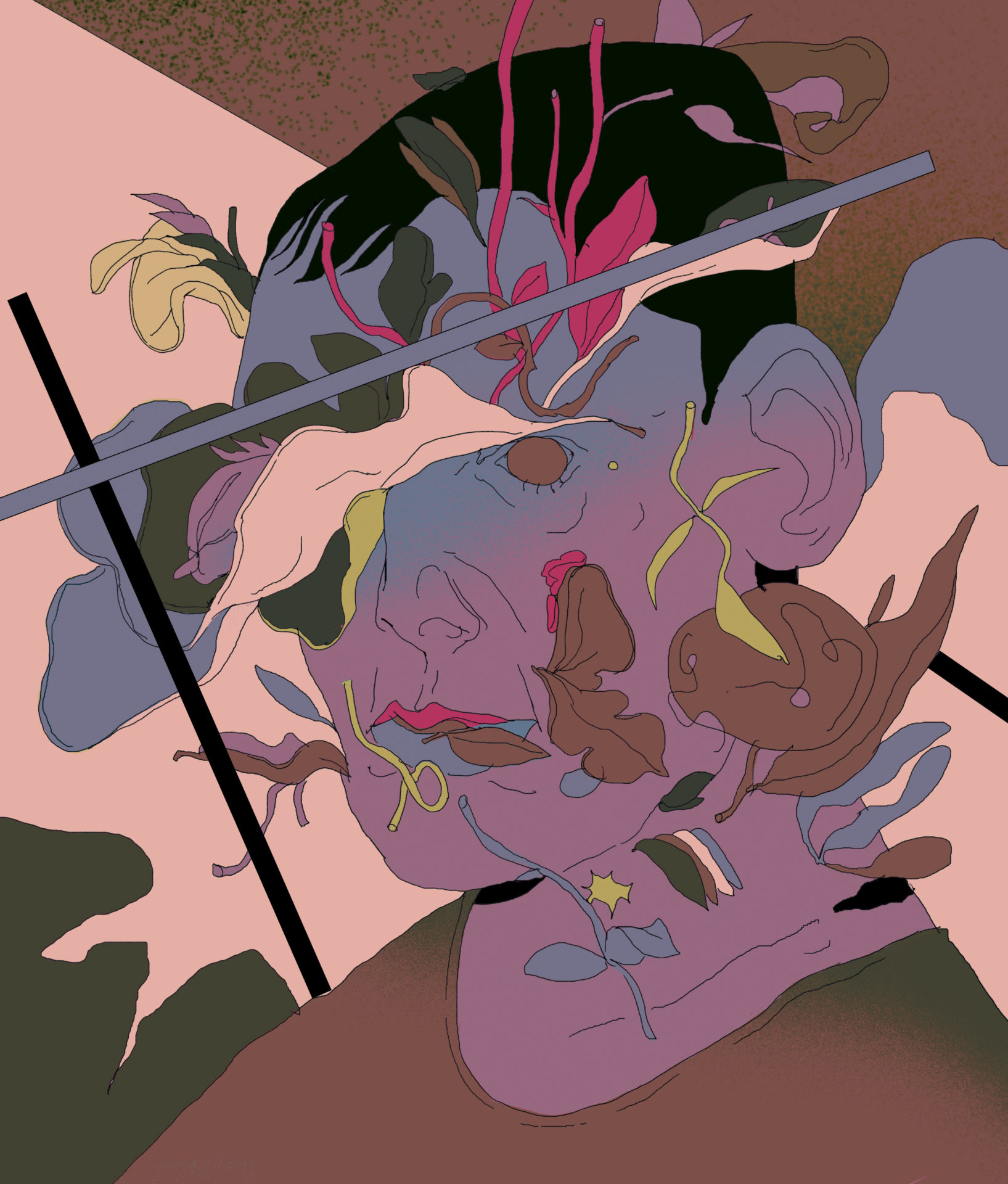
Is it not the case that uncertainty is a willingness to doubt? Is this willingness to doubt not a reflection of empathy, an openness for other people‘s opinions and ideas, for everyone’s fallibility? Granting oneself, as well as any other people in the room, to feel and appreciate this insecurity would be something incredibly beautiful, I think. It is a state of flexible thought and emotion, which does not demand authority through knowledge or correctness but accepts the intrinsic unsolvable nature of life’s riddles. In a world where there are many reasons to be sad, confused, overwhelmed, happy, hopeful, lonely, together, afraid, playful, fast and slow, my work is a way for me to channel my interest for all of those facets, engage with them rather than shy away from them, and share that with other people to be a part of this world.
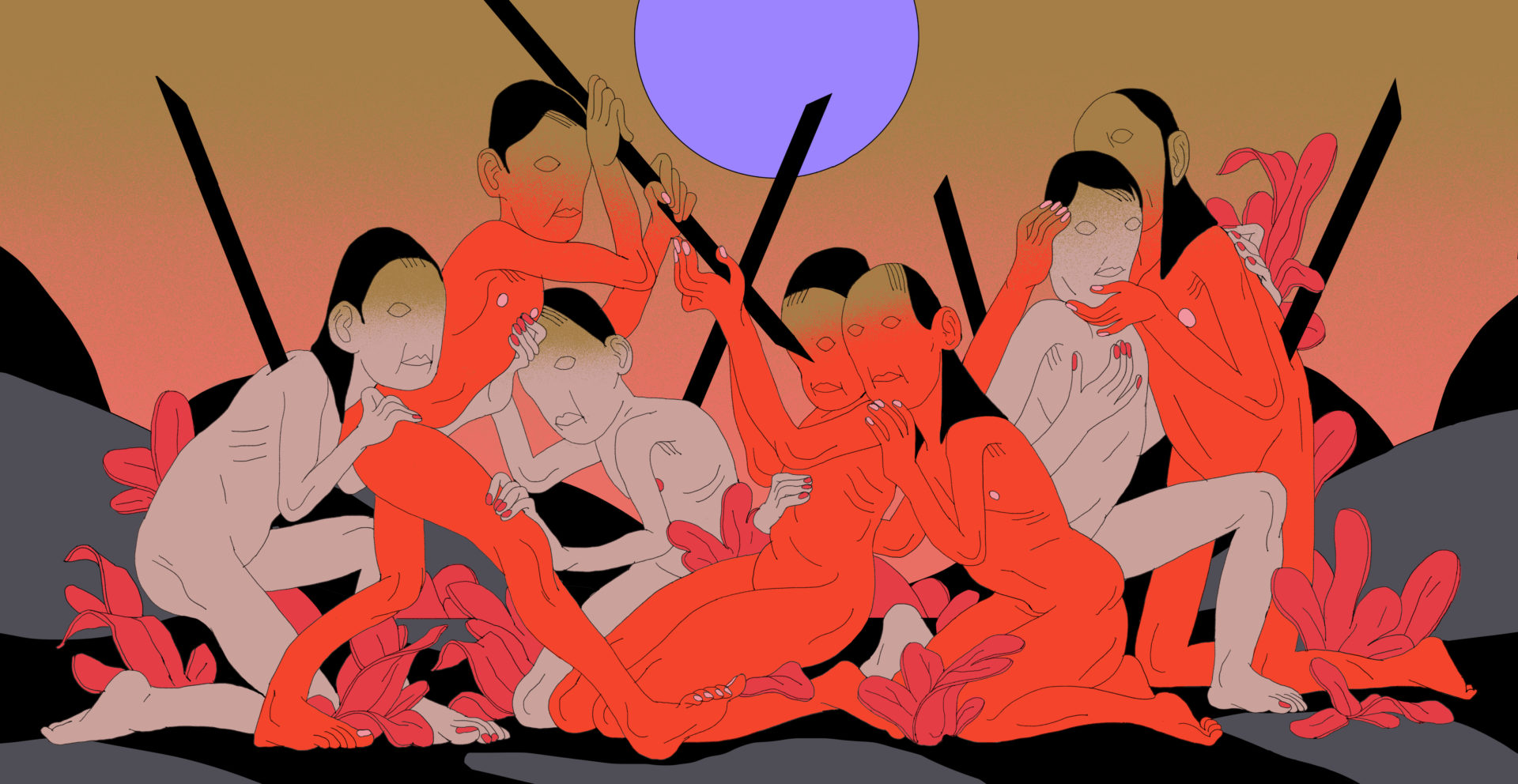
In these particular pieces, the human figure functions as an entry point to both the creation as well as the perception of these images. Through the human figure, the subtleties of the gesture of a hand, the lines of the face, the posture of the exposed body, I am exploring the described emotions on a very literal level.
“There is a big poetry to the human body as a projection of the human condition. As in dance, as in the rhythm I search for in my animated work, the human figure is a powerful tool of expression in my practice.”
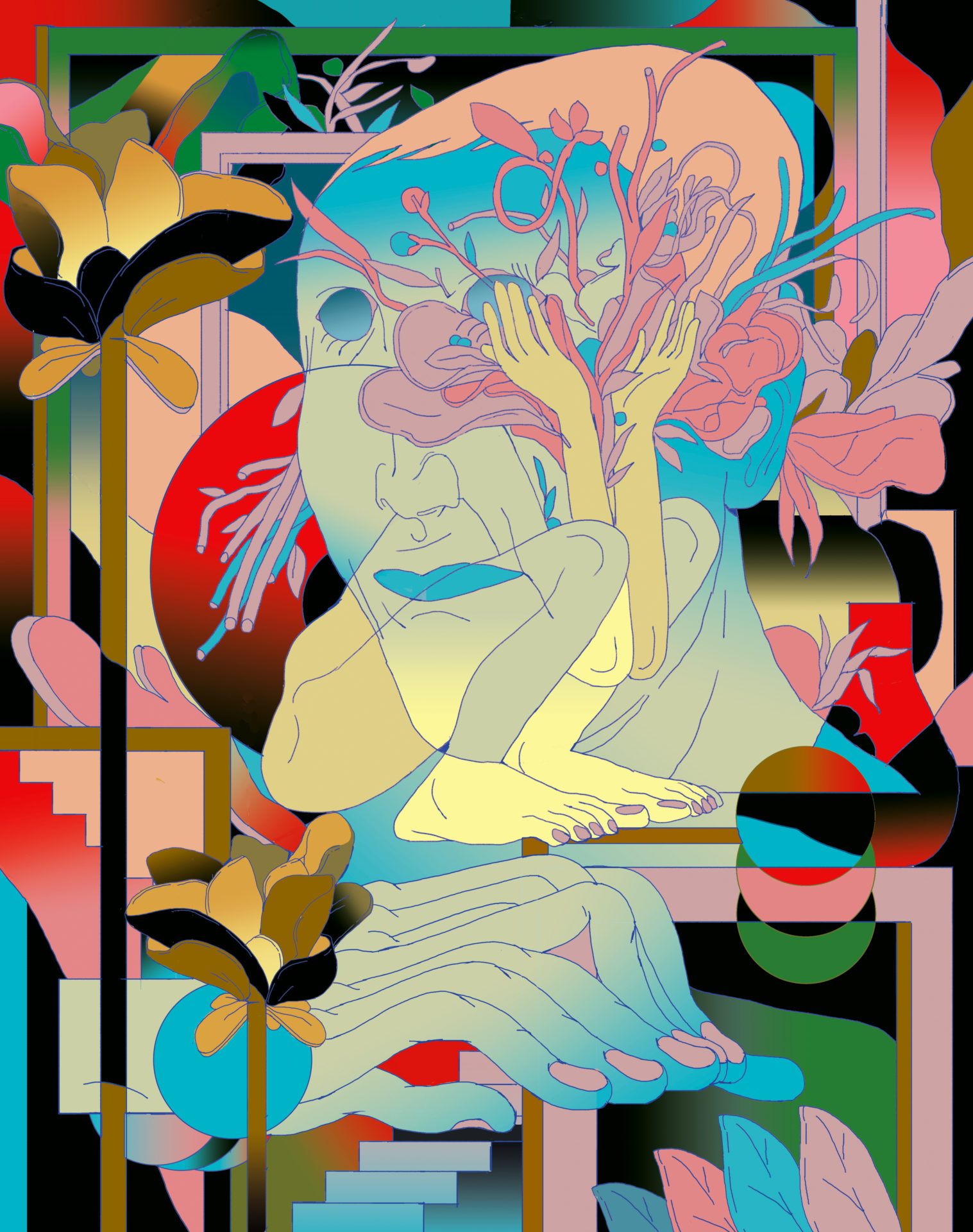
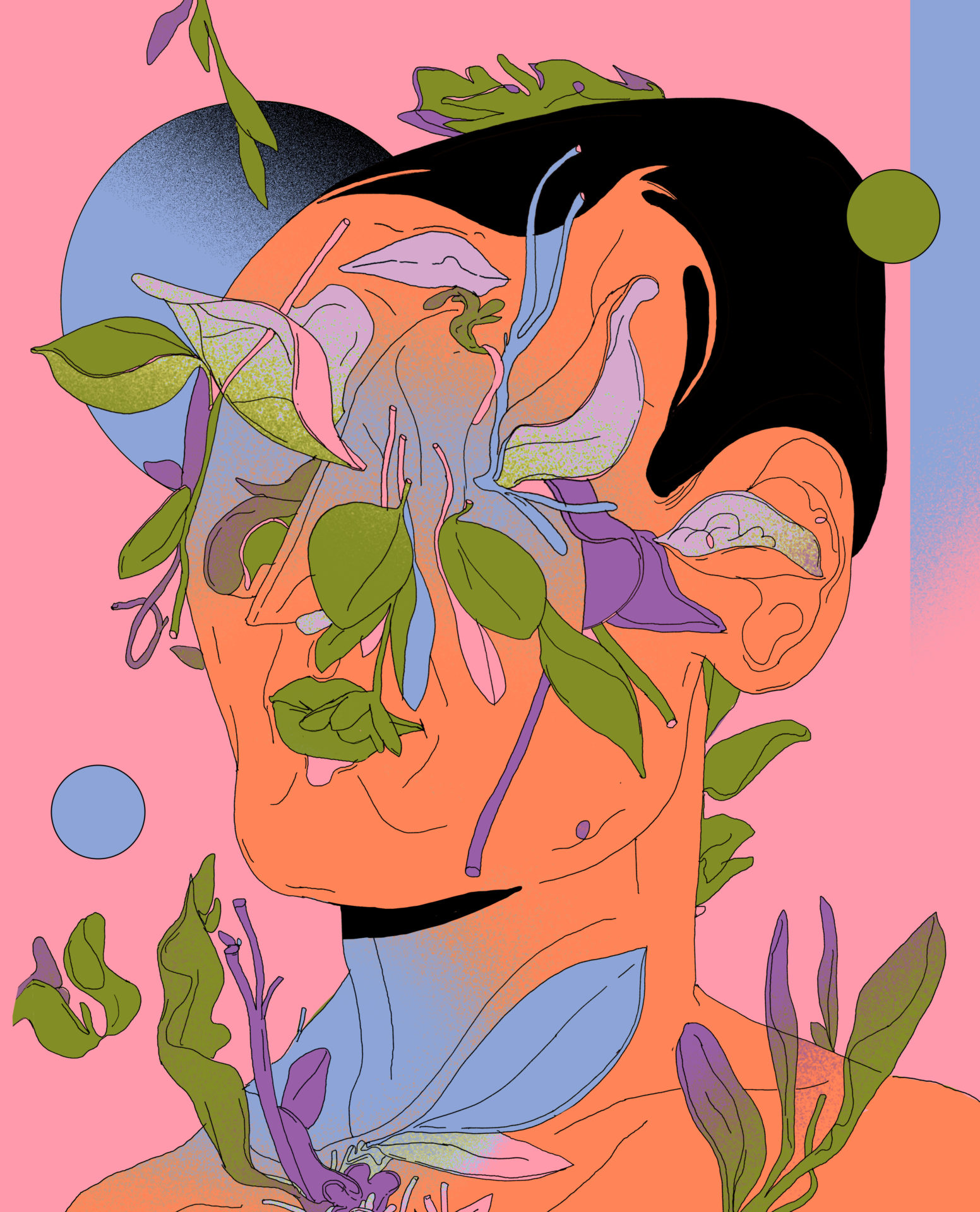
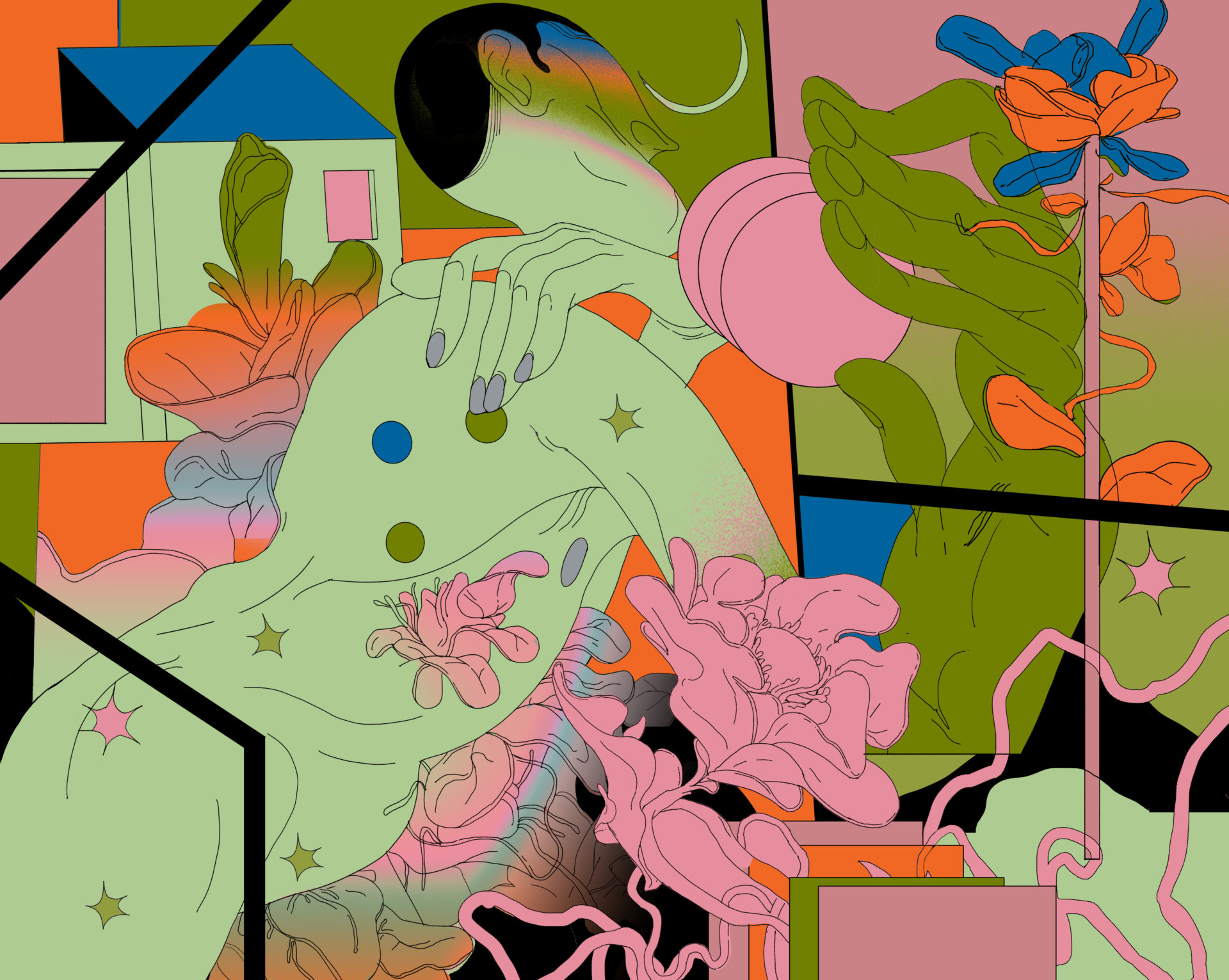
In terms of my cultural influences, I think my split ethnic background definitively plays a role in my work, just as my city of birth being Berlin. Growing up in Berlin, during its “Multi-Kulti” years of the 90s, subjected me to a diverse range of approaches to life with diverse cultural influences. My friends from school all had different roots and lived in very different societal conditions. This multitude of life philosophies in the epicentre of Germany’s former east-west split has always provided a sense of the complexity and the validity of various ways of life. My mother is German, my father Iranian, I feel like both and none of the two, which holds the core for a certain identical confusion but also a large freedom.
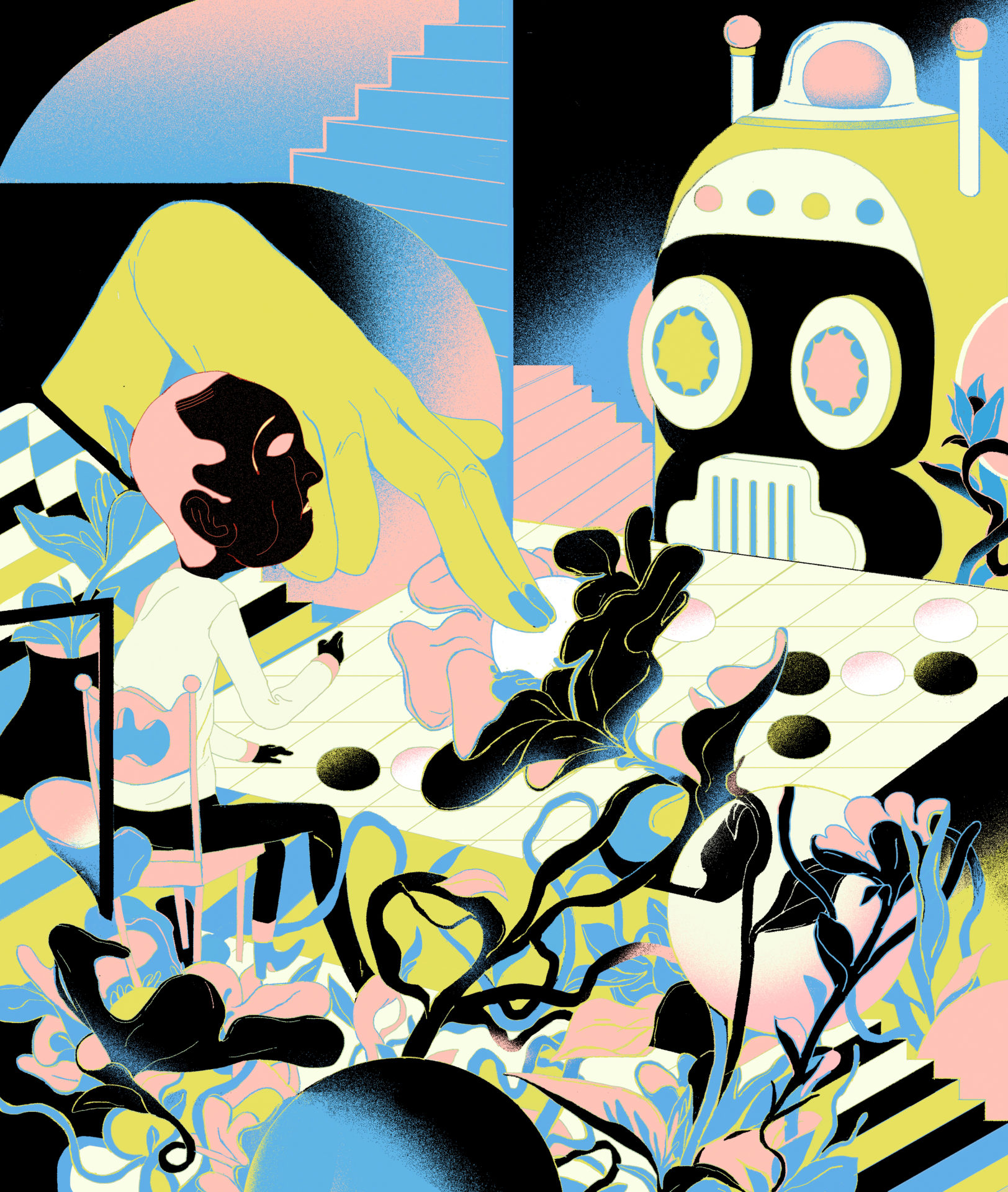
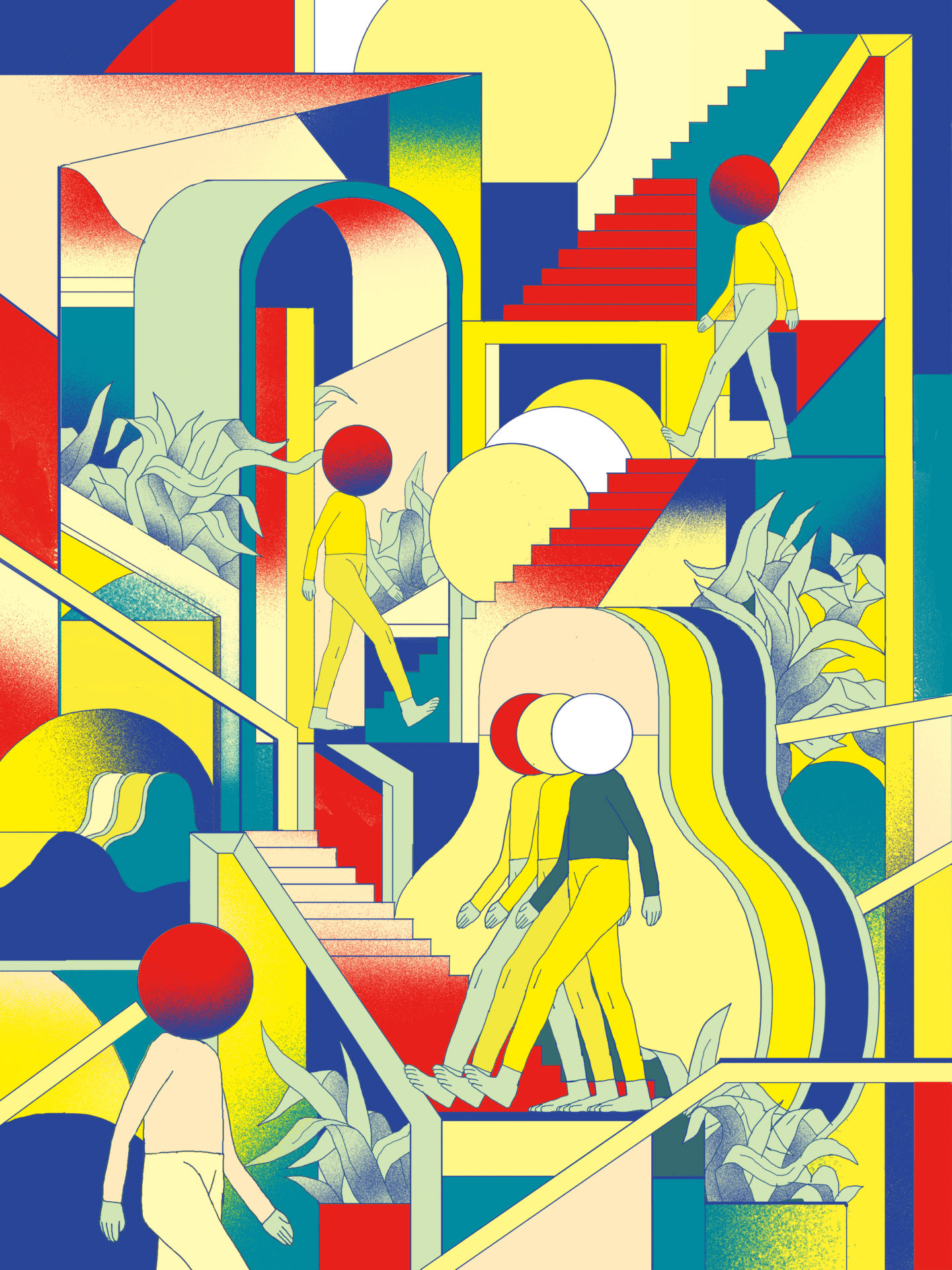
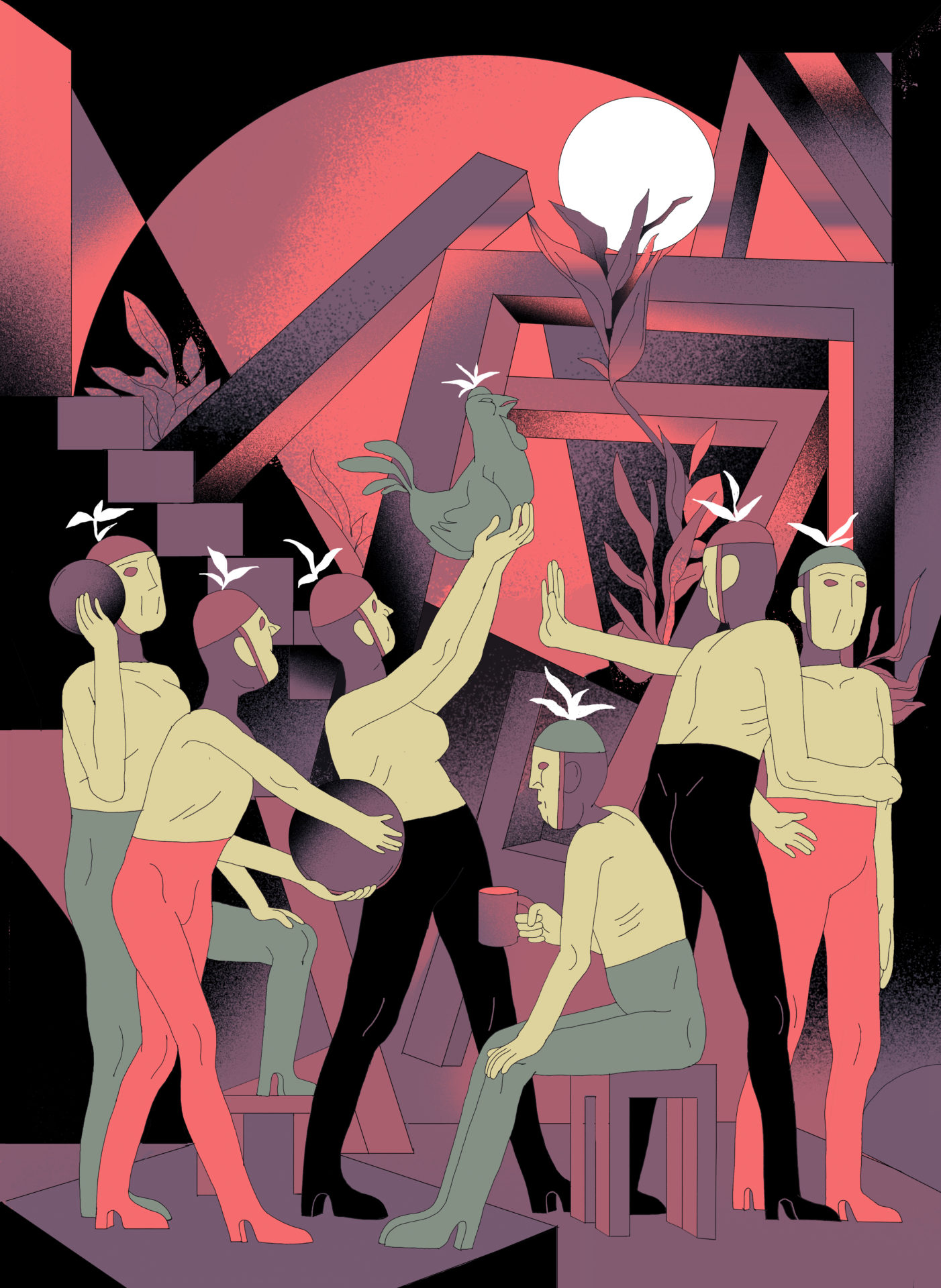
Raman Djafari is an illustrator, animator and director based in Hamburg, Germany. With a background in illustration and design, graduating from HAW Hamburg in 2017, he ventured into animation, film and music videos, breathing new life into his surreal worlds and characters. He has worked as an editorial illustrator for magazines such as The New Yorker, Bloomberg and MayDay magazine and has directed and animated music videos for bands from across the globe. Next to freelancing, he also teaches animation and was a speaker and tutor at various events for the creative community.
His work has been displayed in various animation and film festivals across Europe and group exhibitions alike. Through his work, Raman explores the human condition within individuals and the collective perception of reality. Creating surreal worlds and characters that oscillate between the familiar and and the fantastical, he follows the path of the uncertain and the ambiguous, looking for the poetic nature of the spaces in between. Currently, his work focuses on the emotional construction of identity in our current societal environment, which he portrays in his films and figurative illustrations.
